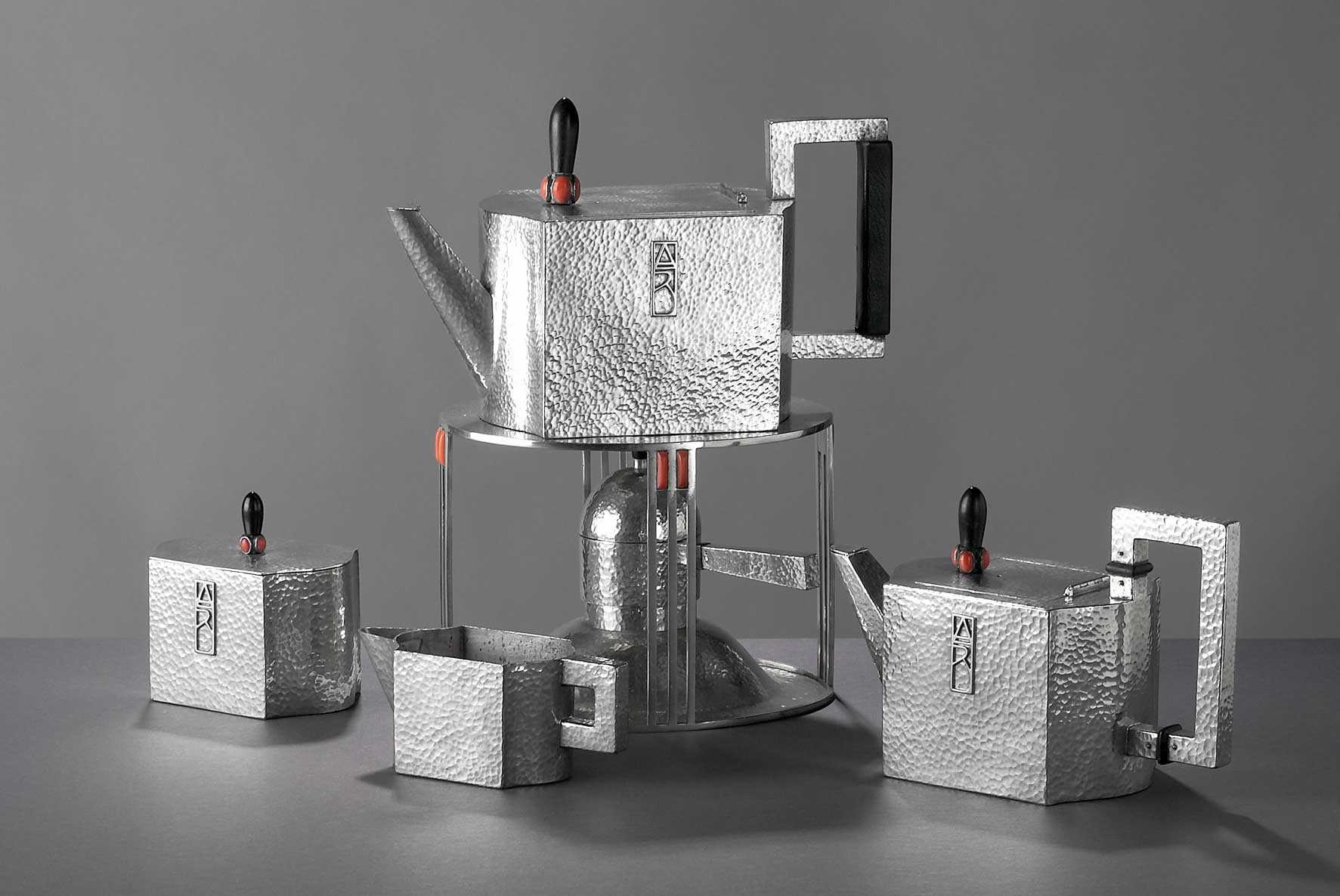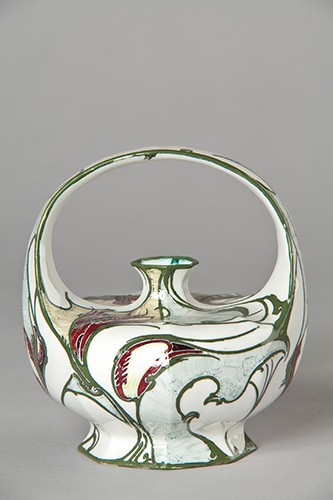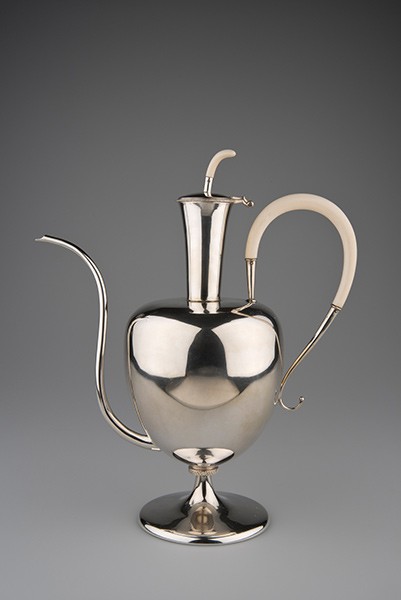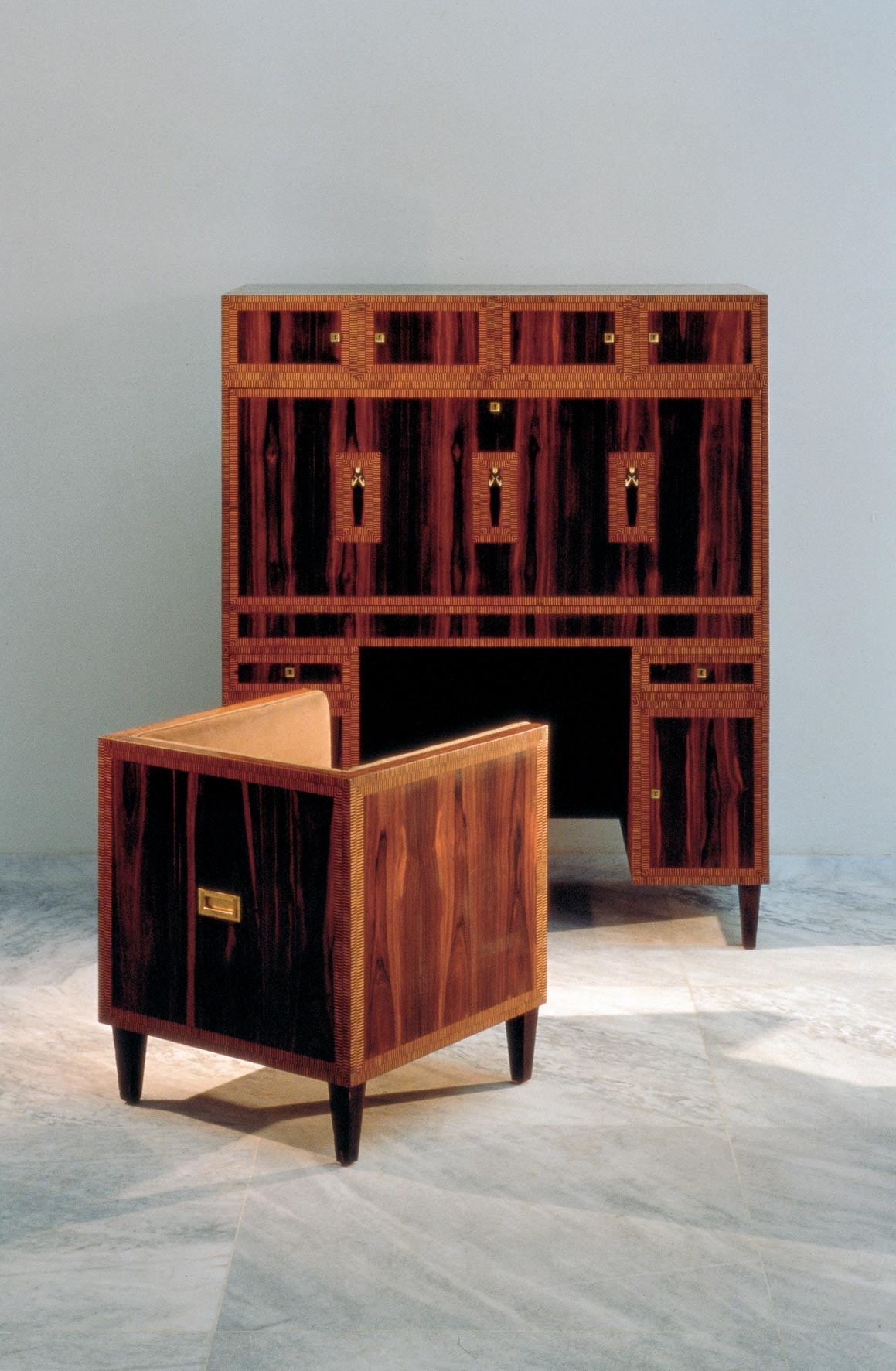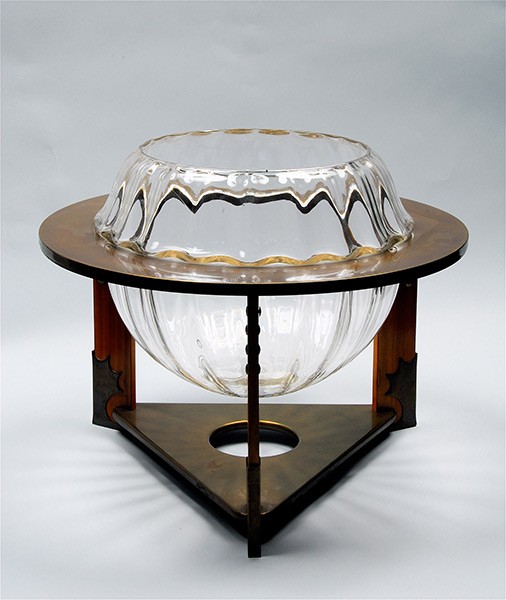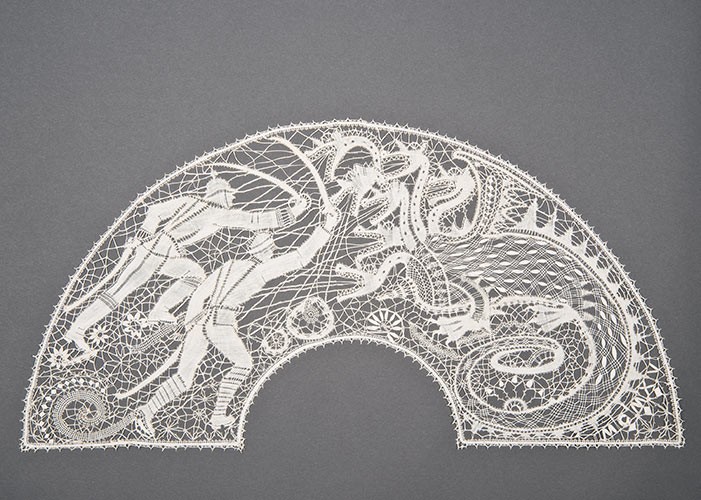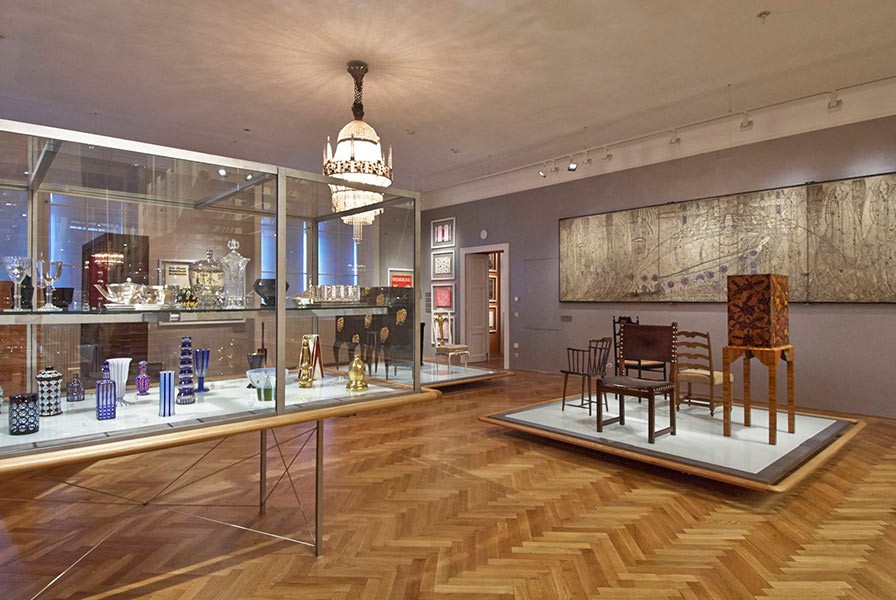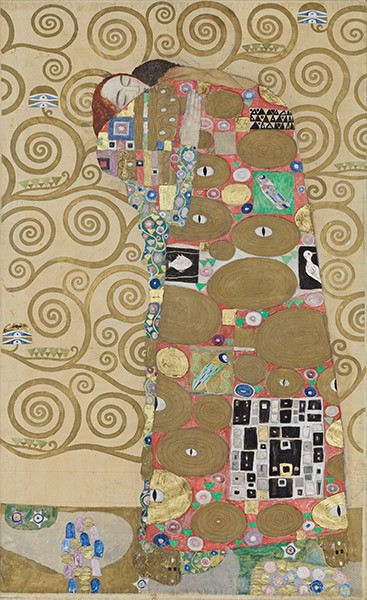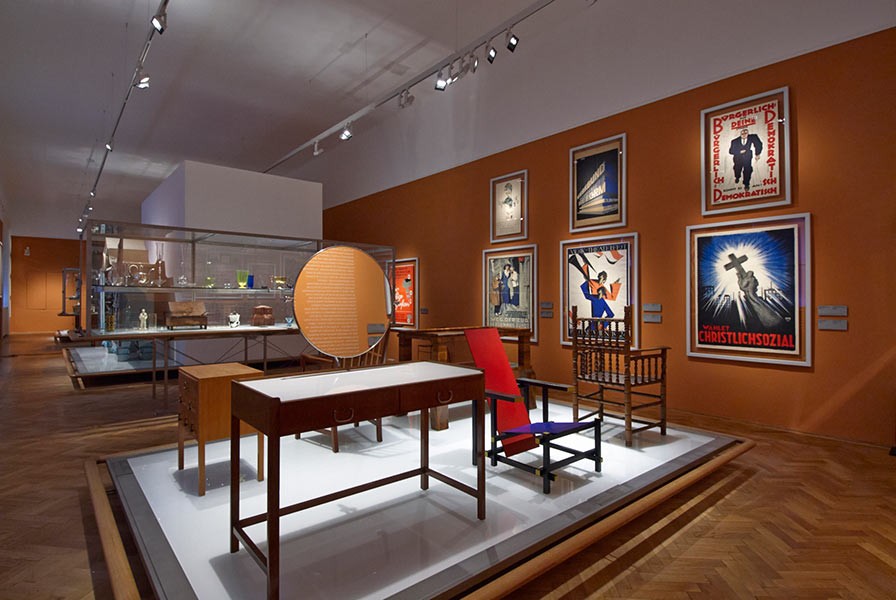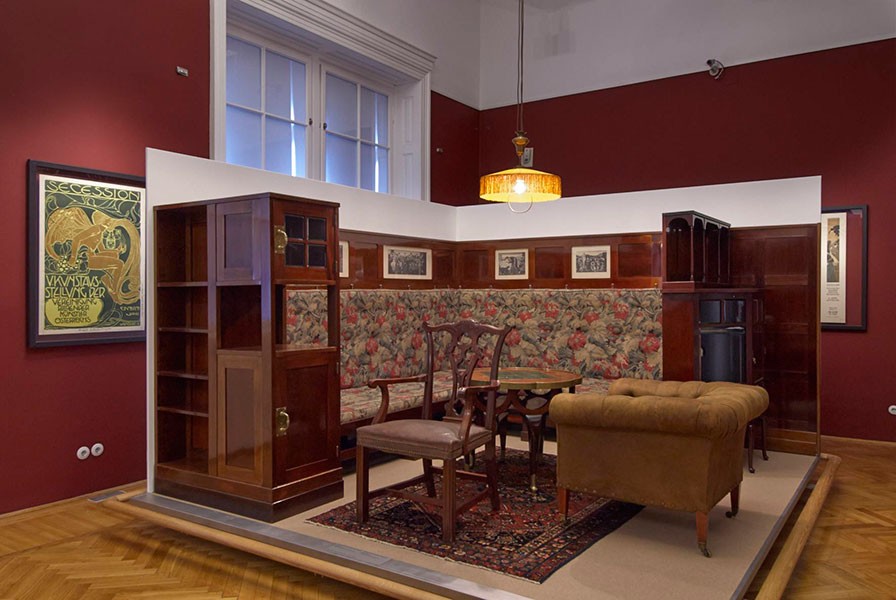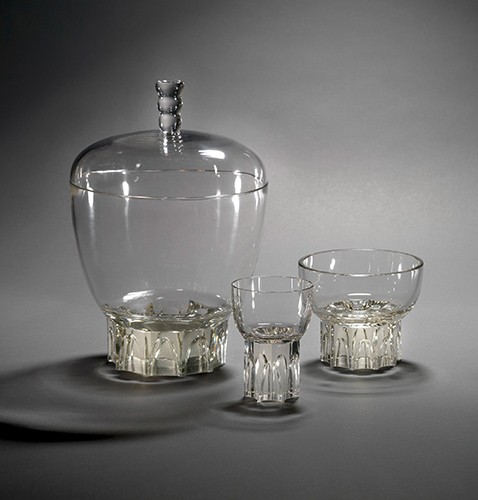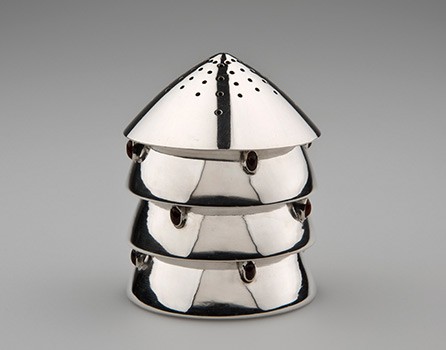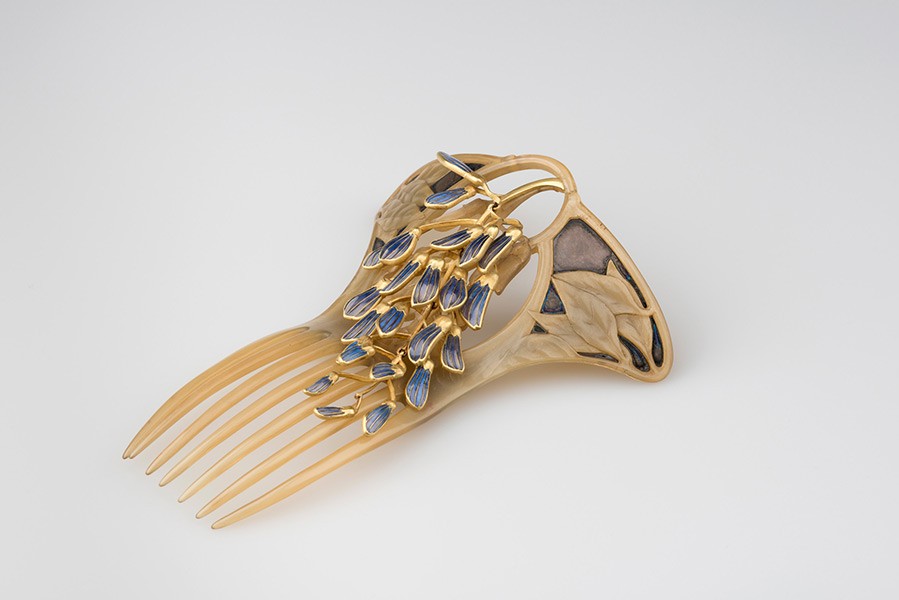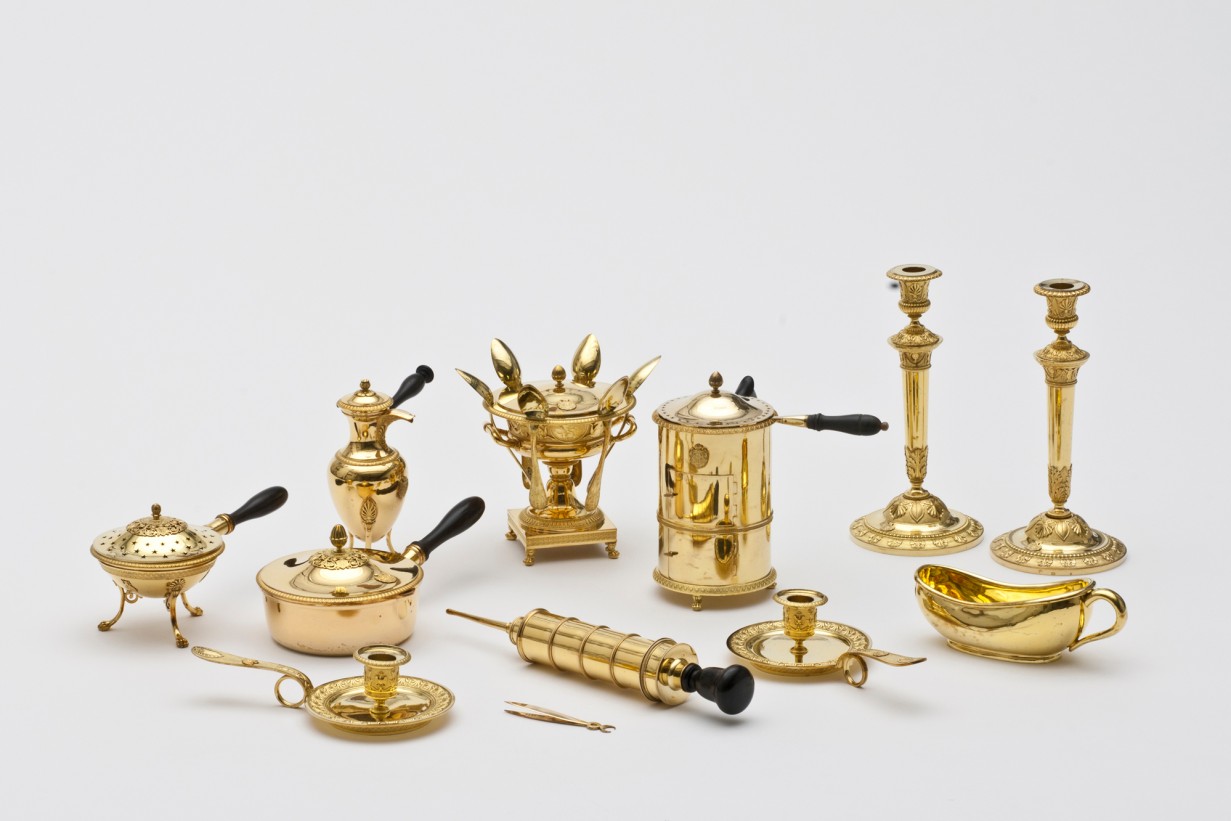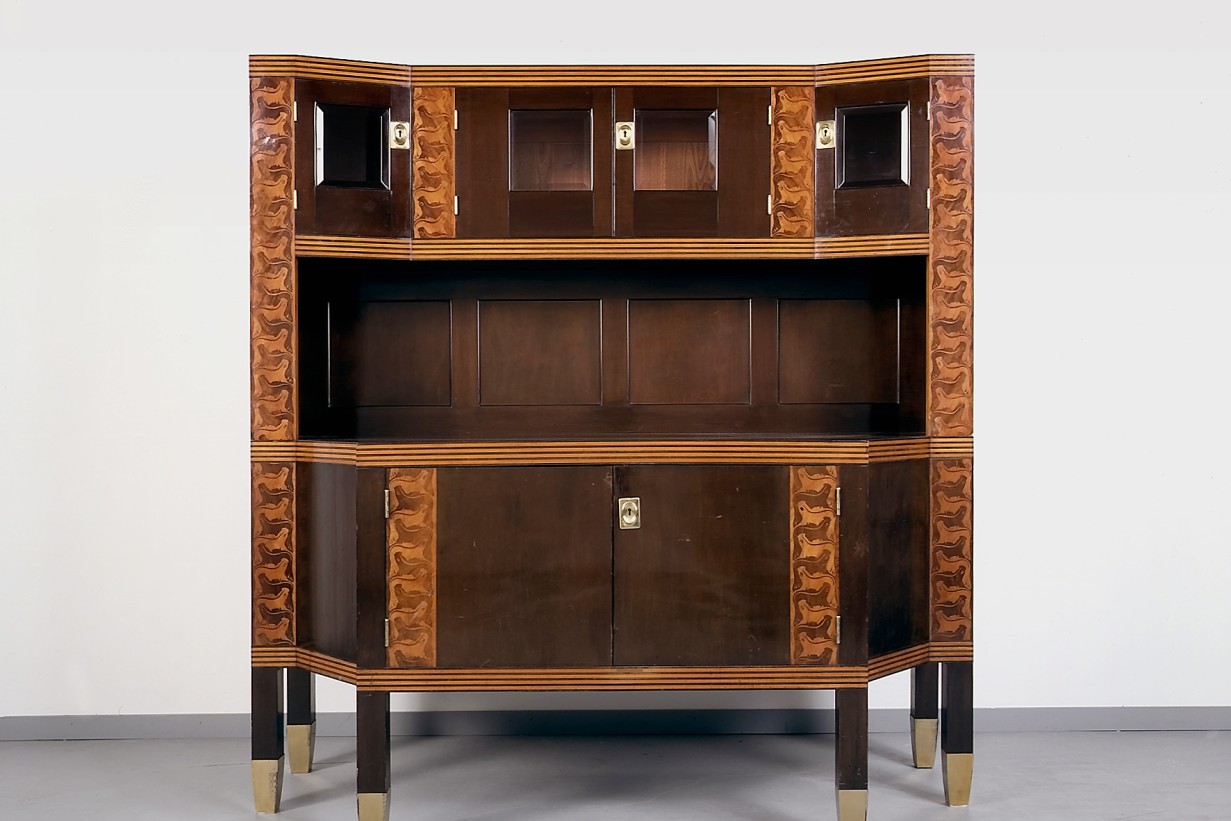
Permanent Collection Vienna 1900
Design/Arts and Crafts 1890–1938
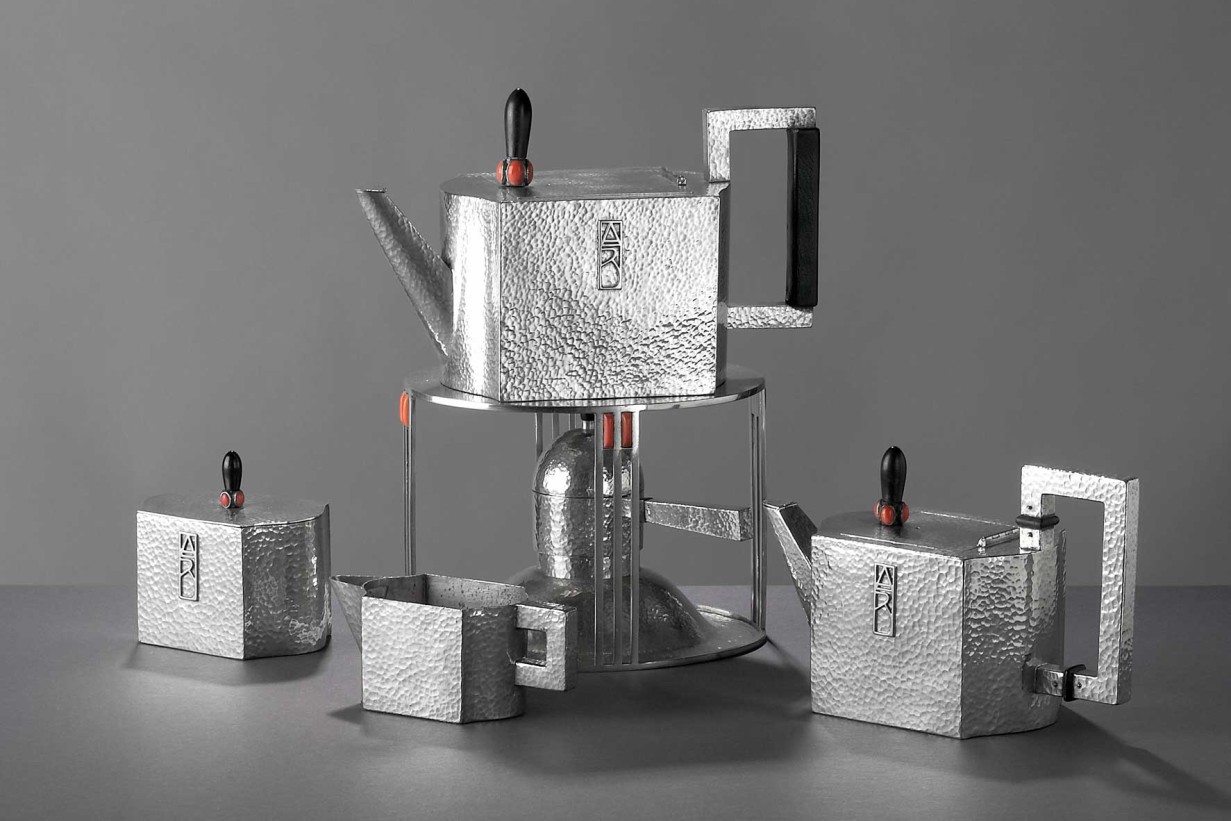
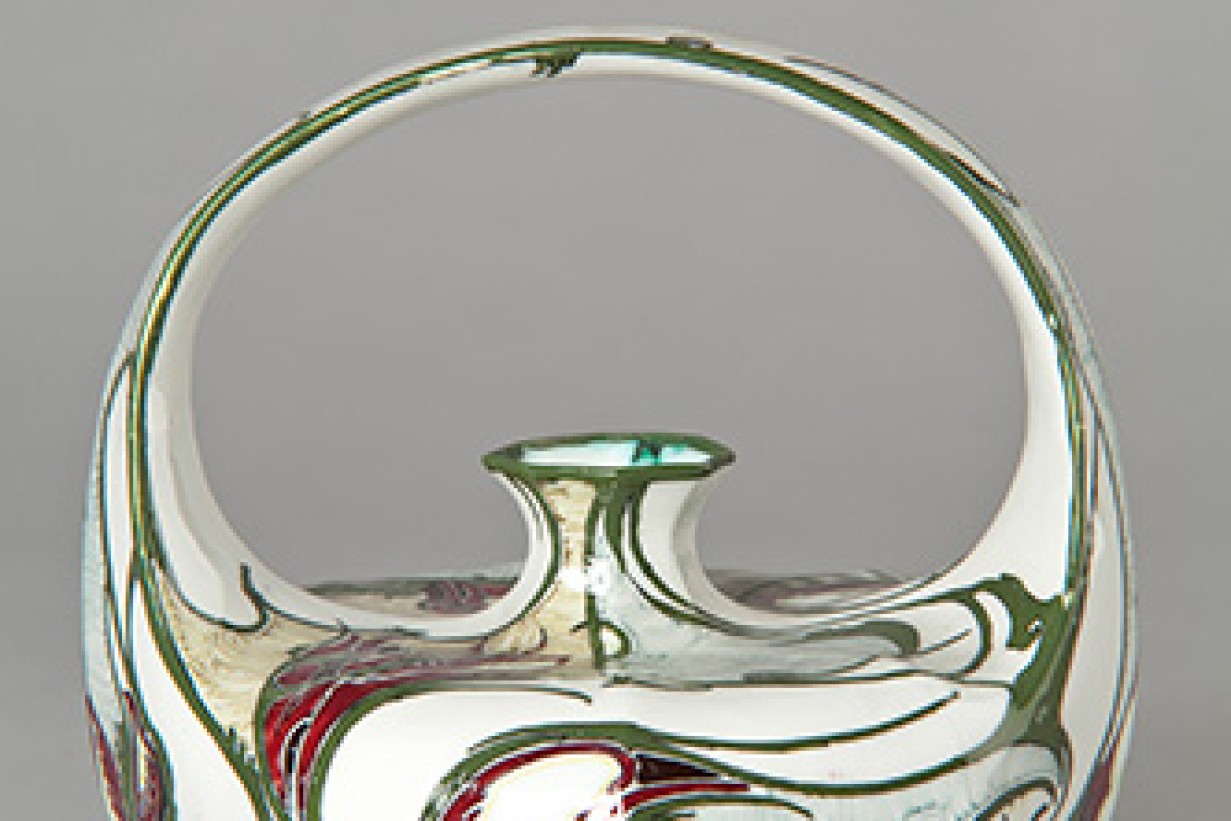
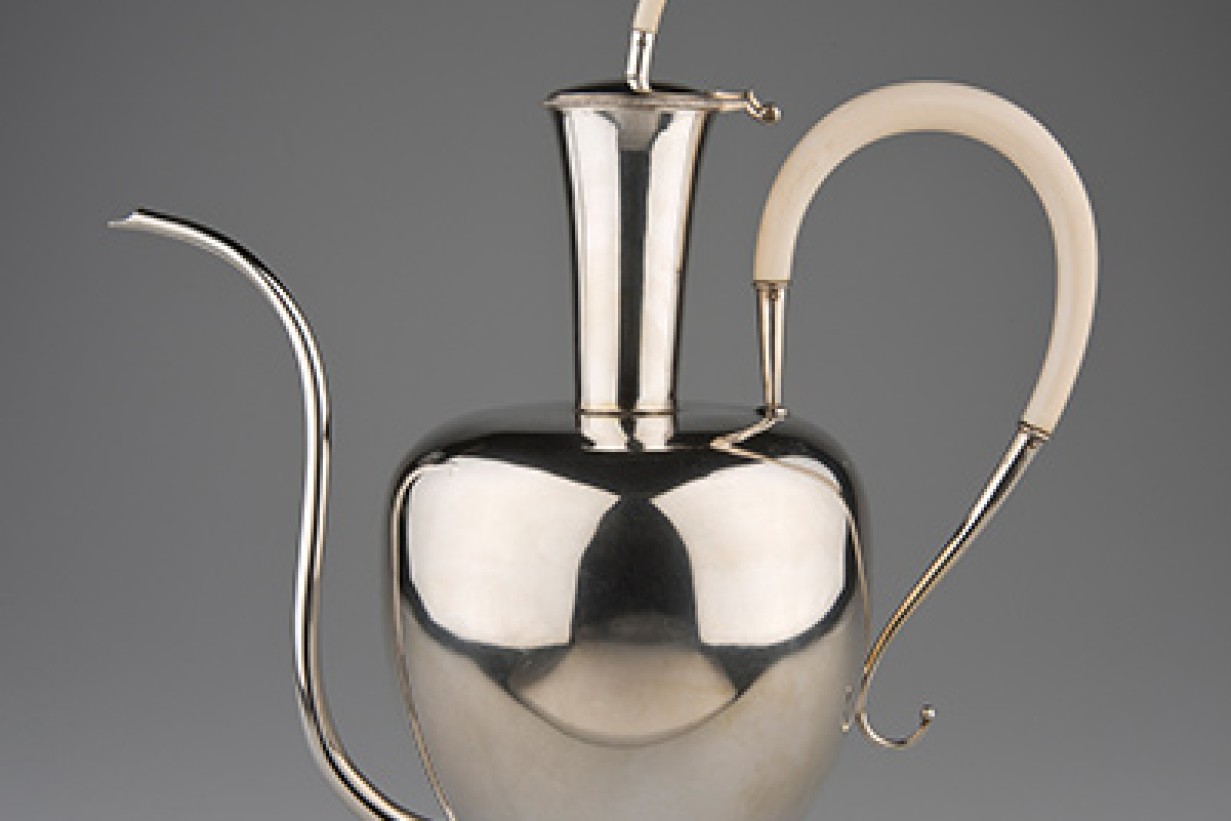
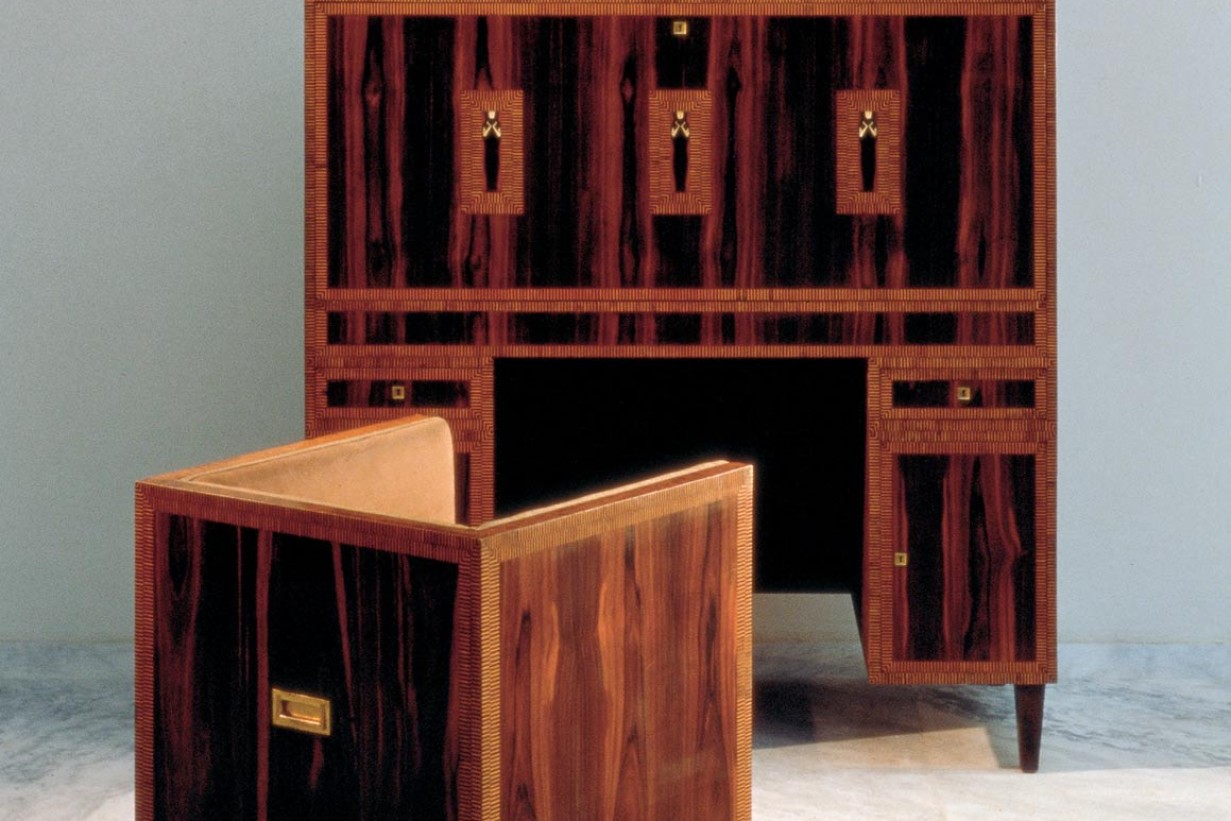
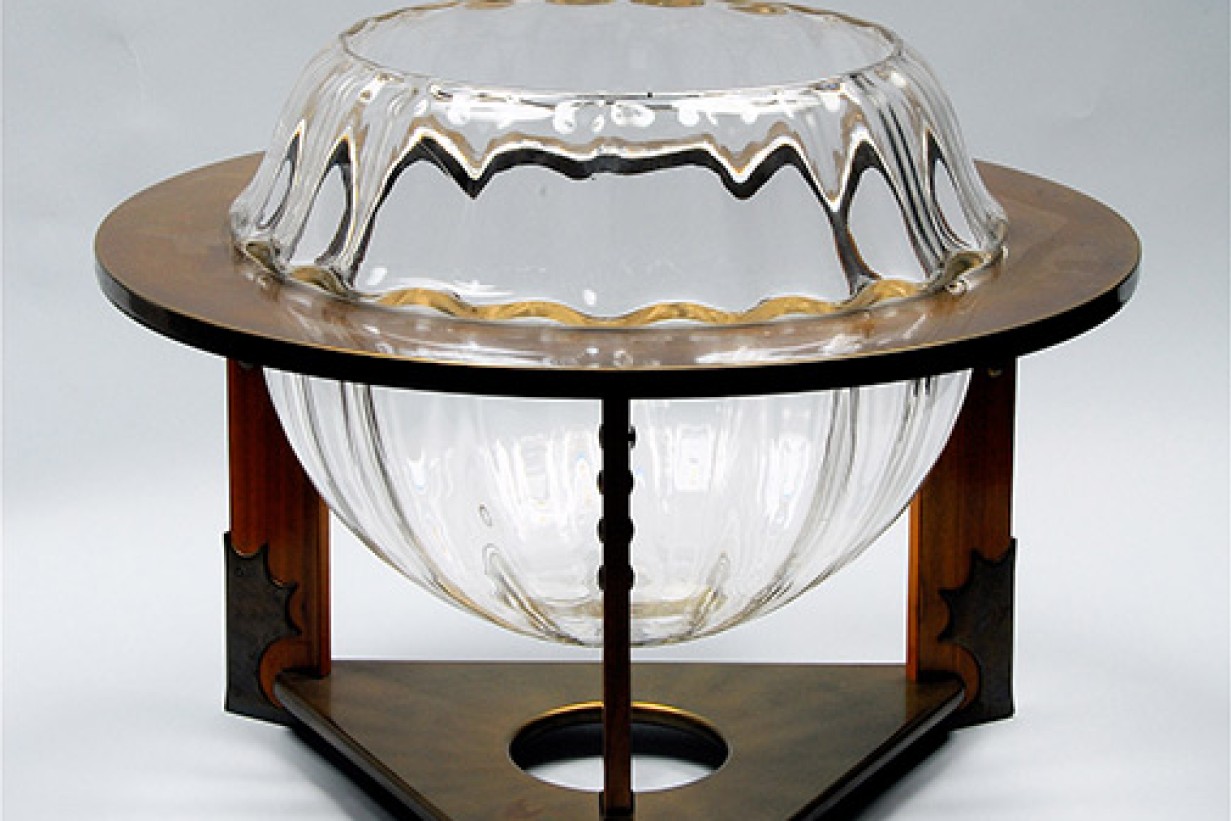
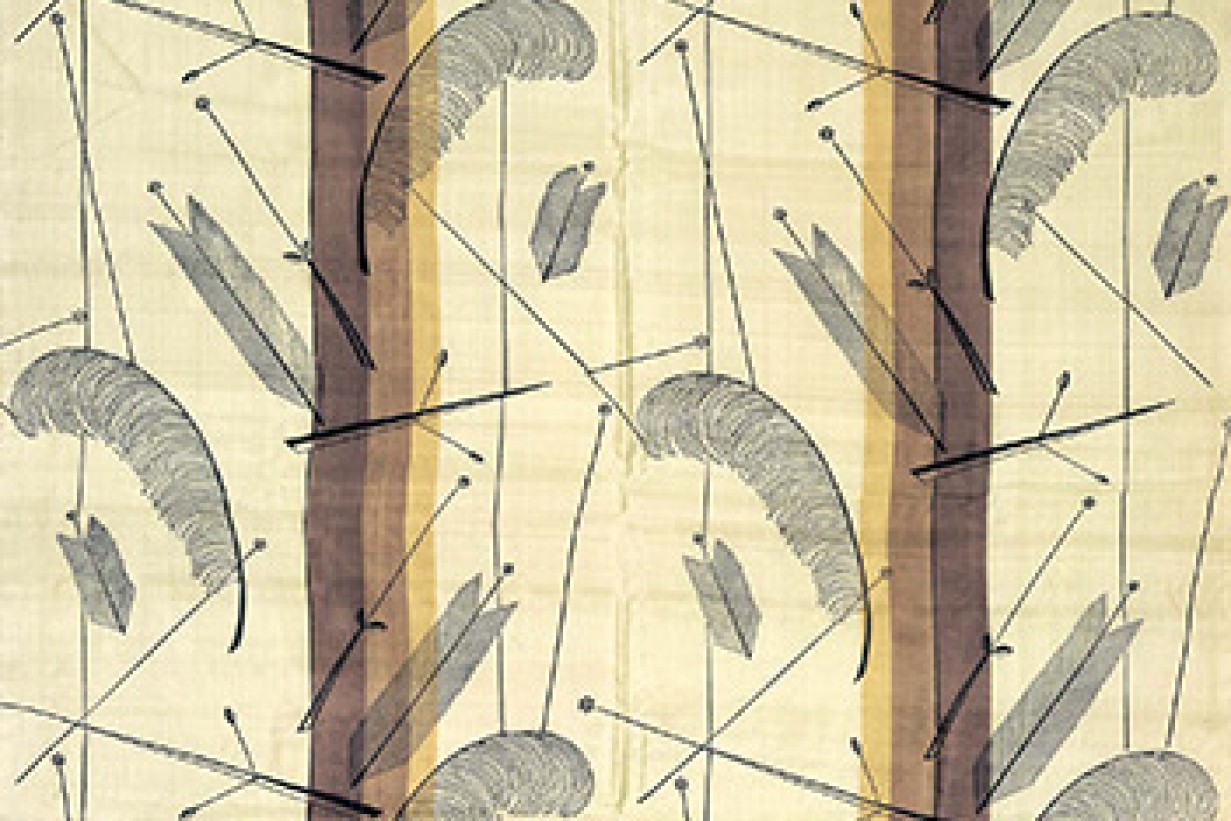
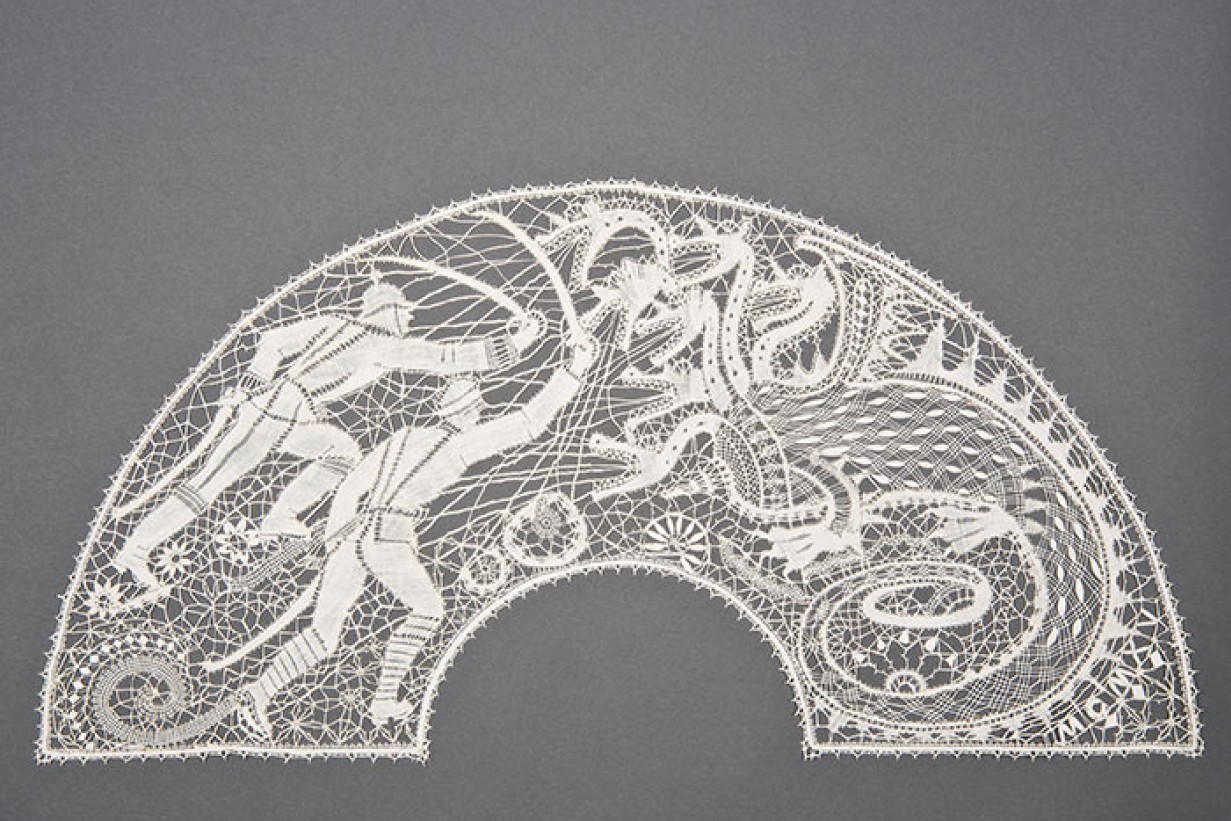
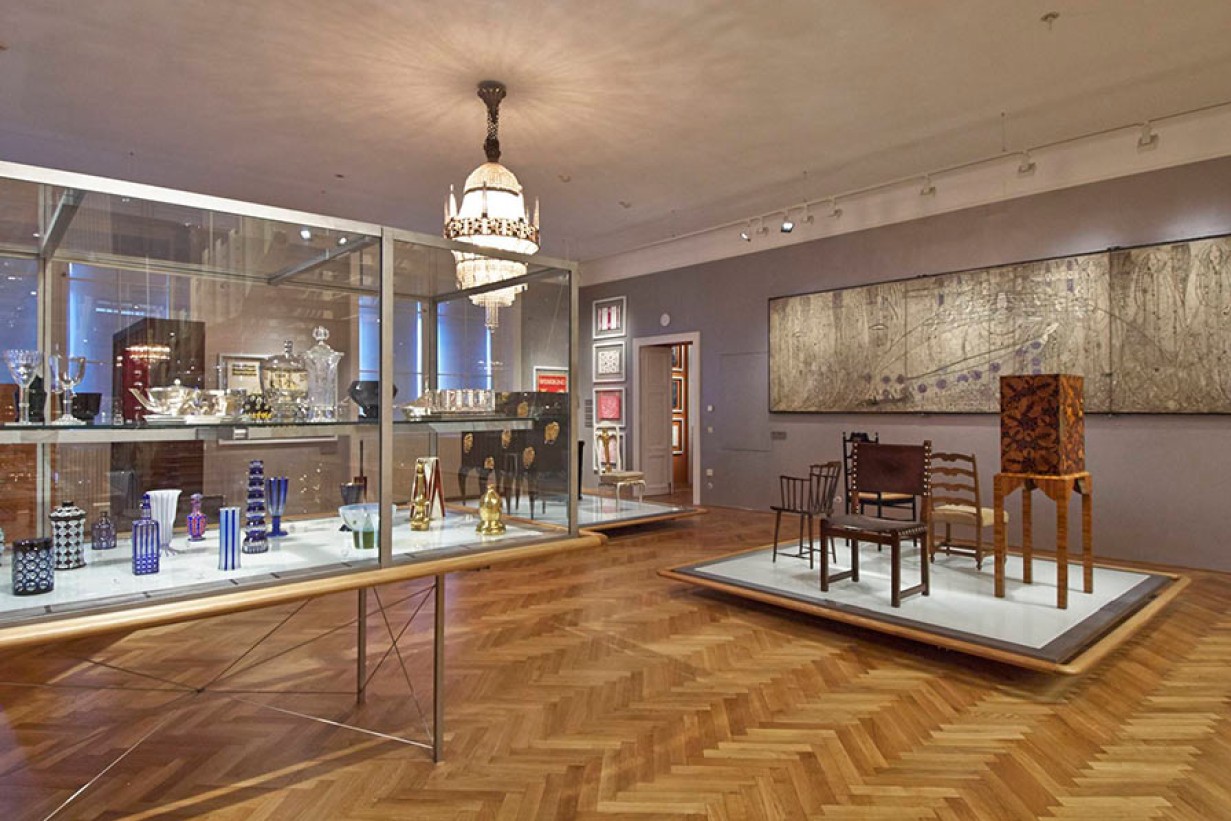
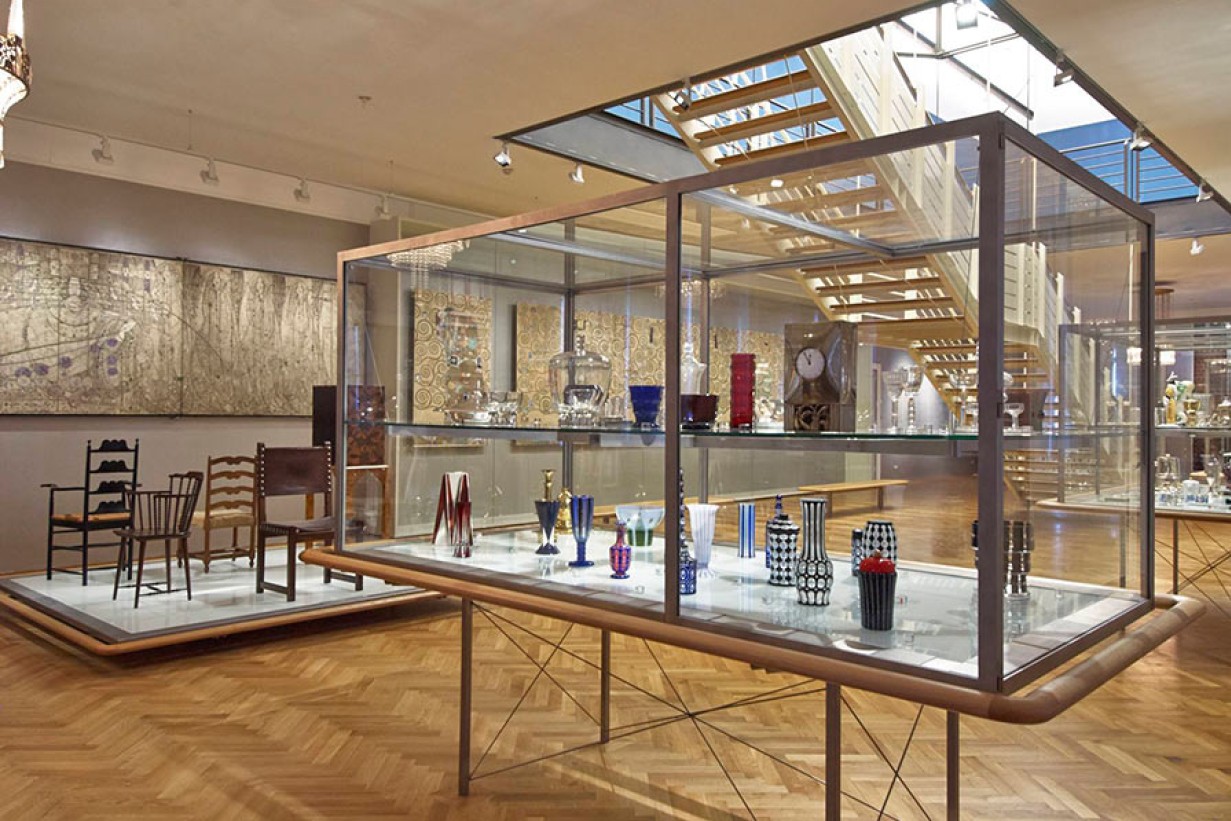
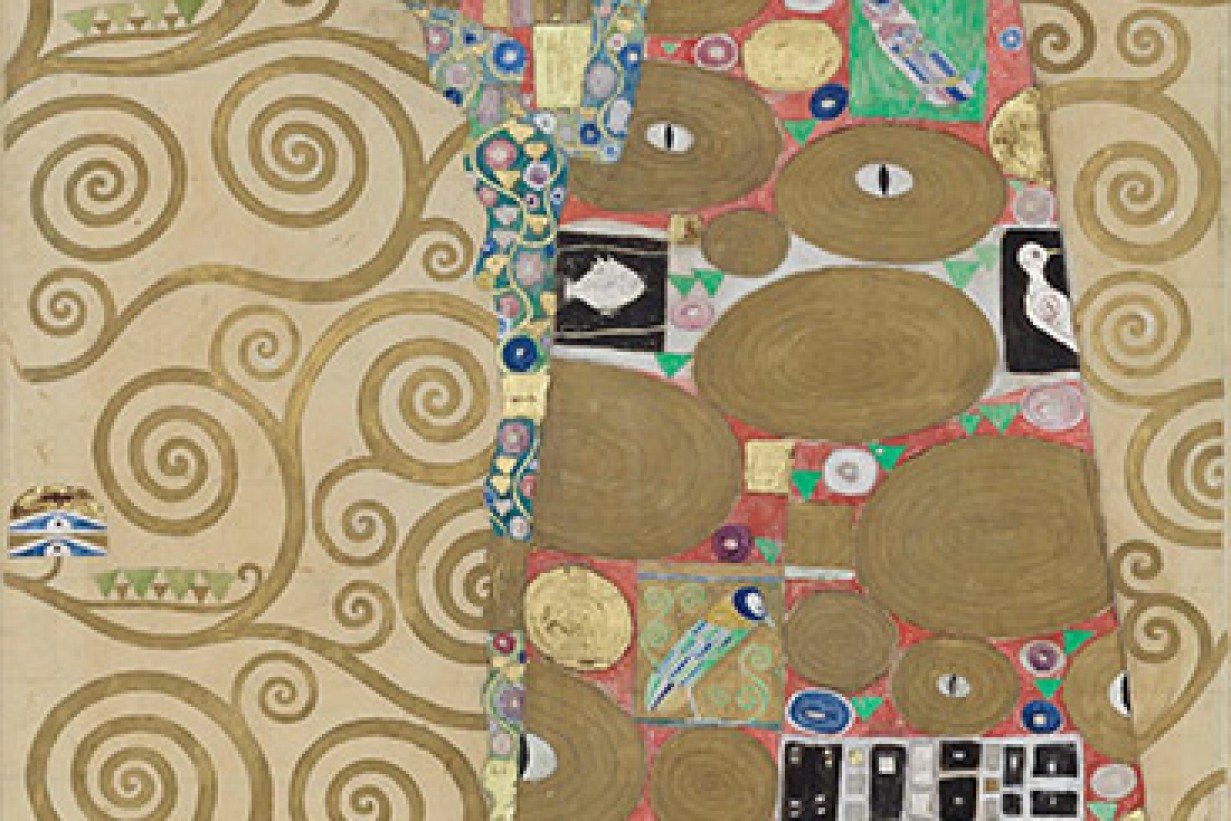
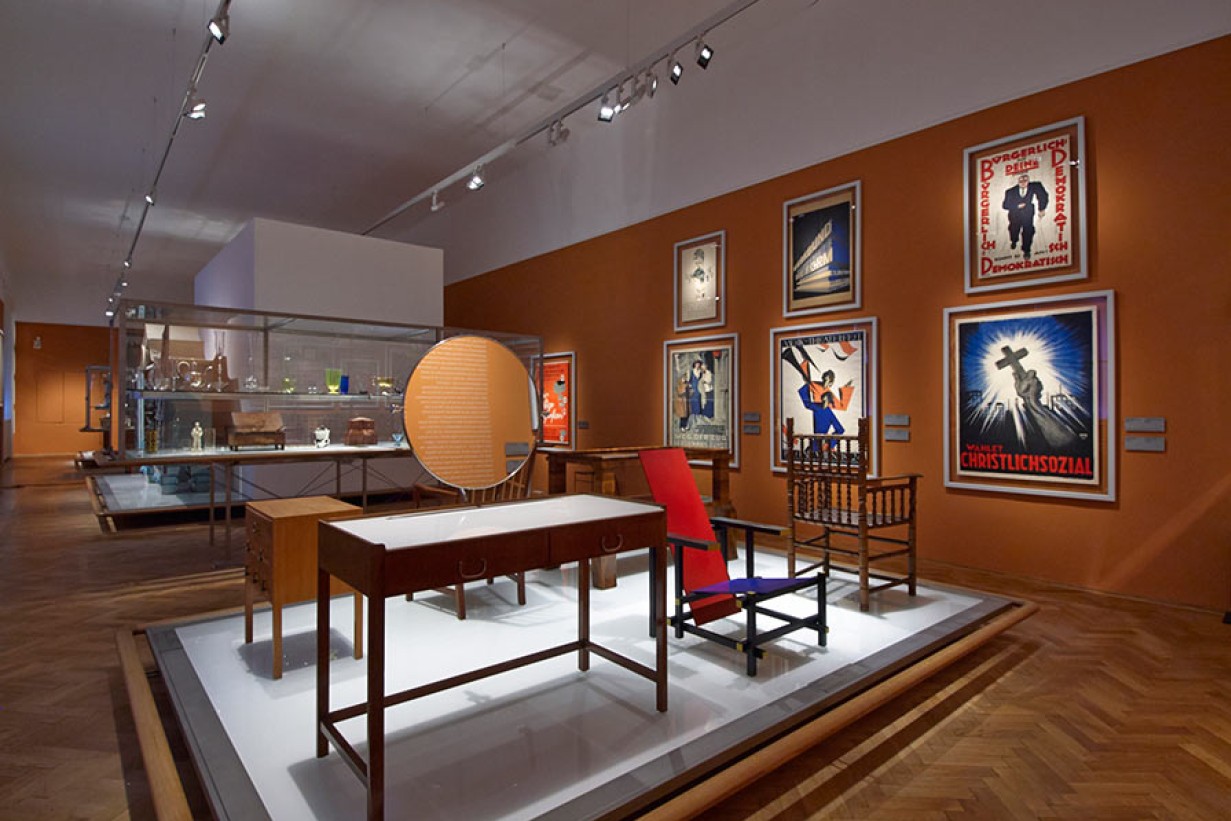
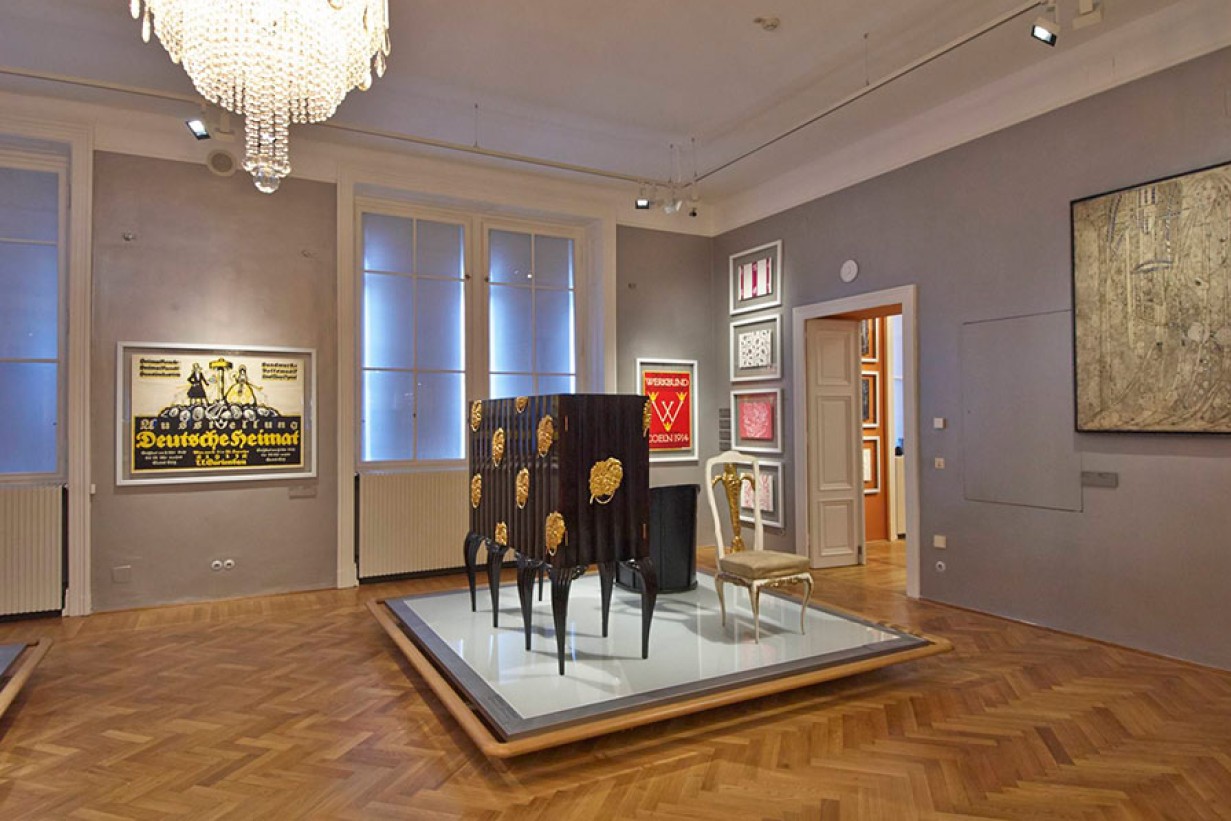
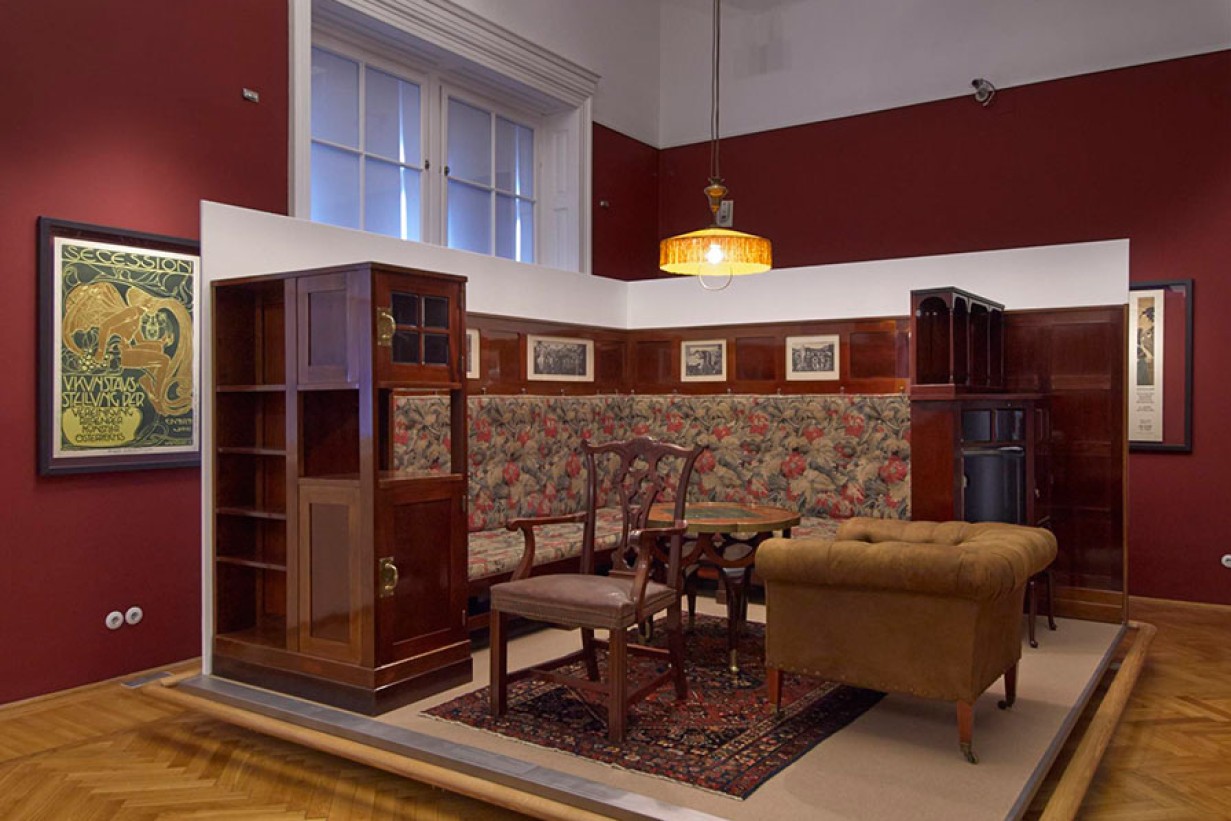
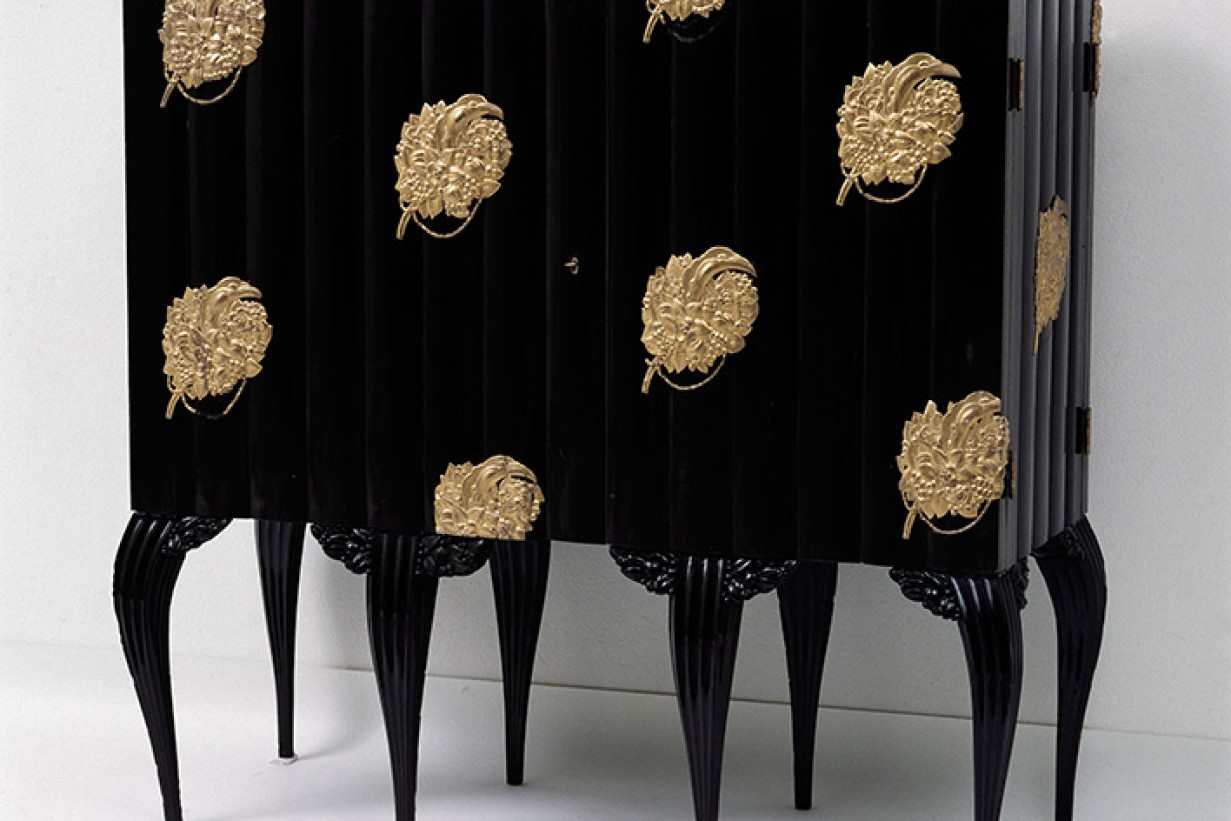


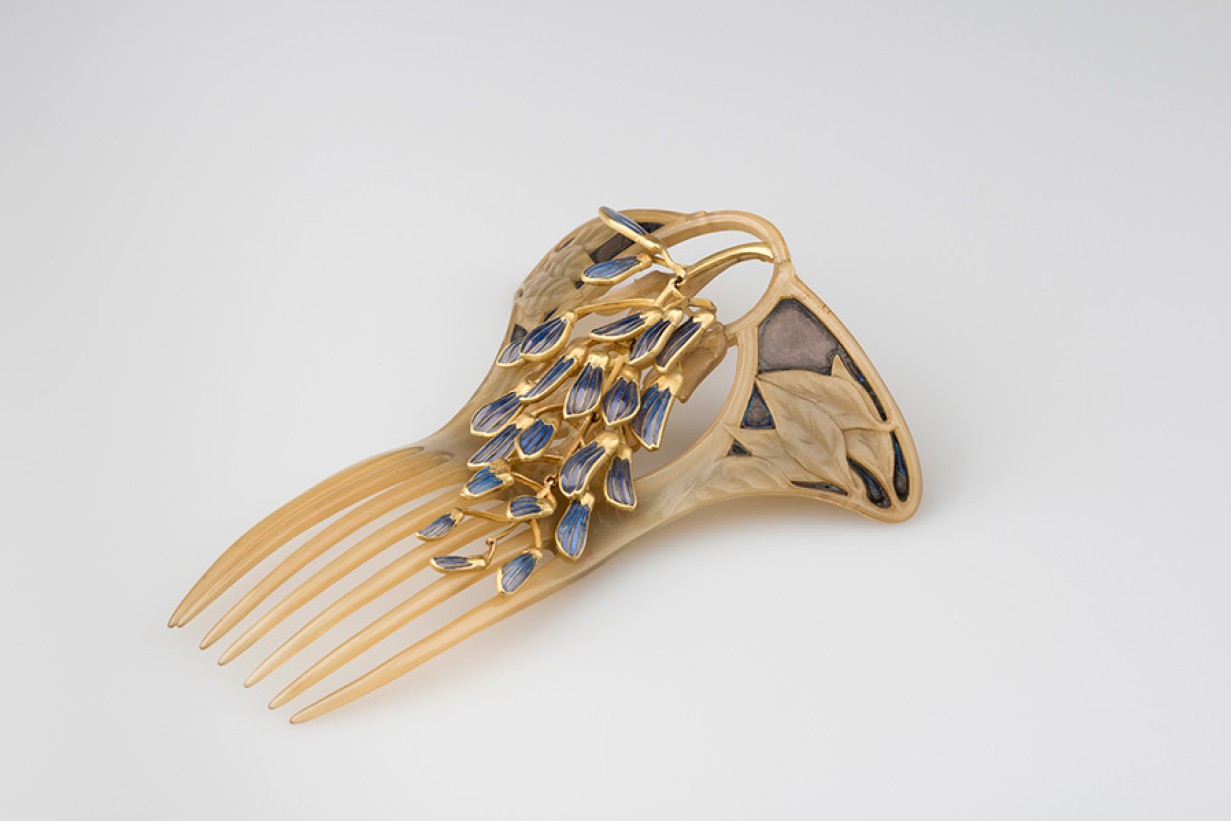
Previous Image
VIENNA 1900. Design / Arts and Crafts 1890–1938 adheres to a largely chronological structure: the first room is dedicated to the search for a modern style; the second room features a close look at the Viennese style; and the third room points the way to the International Style. Around 500 collection objects are shown in various thematic combinations that serve to shed light on art-historical and sociopolitical aspects relevant to Viennese modernism.
In Search of a Modern Style
The search for a modern Austrian style during the years between 1890 and 1900 went hand in hand with the emancipation from Historicism. The objects exhibited in this gallery are largely contemporary acquisitions of products from abroad, especially from the United Kingdom, Netherlands, France, and Germany, where successful steps toward reform had already been taken. Also included are examples of Japanese applied art, which were likewise viewed as being exemplary. These acquisitions were meant to help disseminate the stylistic line that the museum considered to be worth emulating, especially at the institutions of industrial arts training that had been established throughout the monarchy. The impact of this model function can be seen in individual works by students at these trade schools. The idea of the unity of the arts, borrowed from England and propagated by the Secession’s founding members, accorded art-status to creatively designed everyday objects; its influence is present here in works by figures including Josef Hoffmann, Koloman Moser, and Joseph Maria Olbrich.
As early as 1899, Otto Wagner made his demand for a functionalist style, pointing the way ahead for the development of Viennese Modernism. This is exemplified here by the first piece of “modern” Viennese furniture, a crockery cabinet he designed for his own home in 1899. Wagner also stands for the path to Modernism on which Vienna was shortly to embark. Although at first still largely defined by the curvilinear forms adopted from Belgium and France, which represented a conscious reference to the era of Ludwig XV, the period beginning in 1900 saw Vienna recall its own national roots to arrive at geometrically abstracted forms via the local Biedermeier tradition, which at the time was erroneously identified as the first “bourgeois” style. Moser’s buffet The Rich Haul from 1900 marks this change of direction with regard to design. Finally, Adolf Loos’ alternative road to Modernism, opposing the Secession’s idea of a Gesamtkunstwerk (total work of art), is shown by a corner seating ensemble from the study of Gustav and Marie Turnowsky’s apartment.
The Viennese Style
Loos’ cultural modernism stood in stark contrast to the formal and stylistic Modernism of the Secession, and along with it, the School of Arts and Crafts and the Wiener Werkstätte, to whom this space is devoted. For Loos, Modernism was a question of one’s attitude and did not depend on the development of a modern style specified by artists. For him, the idea of bringing together art and functionality in a utilitarian object was a cultureless act. Otto Wagner was the only individual whom Loos considered capable of the artistic realization of functionality, since Wagner did not place artistic expression before traditional craftsmanship. Loos was reacting to the Secessionists’ conviction, adopted by the English Arts and Crafts movement, according to which beauty—conveyed via artistic design—could improve people’s everyday lives. The objects exhibited in this space are the result of the Secessionists’ intense efforts from 1897 onward to create a distinct Austrian style—which, in truth, is a Viennese style. It is based on Moser’s Japanese-influenced art of surface decoration, the classicist inheritance from the Biedermeier era, and domestic folk art. This new style, first presented to the public at the 8th exhibition of the Secession in 1900, was disseminated artistically through Hoffmann’s and Moser’s teaching activities at the School of Arts and Crafts and its implementation by their students. The time period covered in this room begins with this striking stylistic break and ends with World War I. Nearly all of the exhibited objects are of artisanal origin and came into being via the patronage of a wealthy, largely Jewish haute bourgeois, from which the Wiener Werkstätte recruited its customers. During this phase, which lasted somewhat longer than ten years, Viennese applied arts underwent a volatile process of aesthetic development. This ranged from the early, provocatively geometric and abstract forms of the Wiener Werkstätte to the design language dominated by classicist elements and a sophisticated culture of vegetal ornamentation that arose beginning in 1906/07, and on to the rococo-influenced, distinctively architectonic creations of Dagobert Peche. With the initial battle against Historicism having been won, it was Peche who rose up to challenge the original credo of the Secession’s founding generation concerning the unity of the arts, propagating the emancipation from utility. His creations are mainly about artistic expression, with their functionality being a secondary concern. In this respect, they actually come close to doing justice to Loos’s strict demand that art and functionality be kept separate. The period beginning in 1910 saw Peche joined by a new generation of architects (Josef Frank, Oskar Wlach, and Oskar Strnad), like him educated at the Technische Hochschule [Technical College] in Vienna (today’s University of Technology), who stepped up to deal with the changes in society’s requirements that had become evident since 1900, and whose stance toward the concept of the Gesamtkunstwerk [total work of art], was nothing if not critical.
From Viennese Style to International Style
This third and final section differs from the two previous ones in that the objects shown are both later-dated and far more heterogeneous. This simultaneously serves to address a phenomenon that, unlike today, was new in interwar Austria: heterogeneity of taste can arise once there exists widespread acceptance of a democratic attitude that encourages individual needs, and this situation entails that the market must cater to a mixed clientele. As such, the enormous social changes in the wake of World War I represented a new challenge for Modernism. New forms of representation emerged, while specific approaches to solutions were offered for social classes that, up to then, had scarcely been noticed by the creative world. These solutions took advantage of the opportunities presented by standardized industrial production, giving rise to a product category that would have to wait until the 1990s to be considered worthy of inclusion in the collection of a museum of applied arts. Here, the MAK Collection reflects a situation that corresponds to the reality of Austrian product culture in the interwar years.
The period since the founding of the Secession and the antagonistic reaction of Loos and his followers had witnessed the emergence of a new generation of designers who challenged the old forms of representation and championed the design ideals of international Modernism. At the same time, Austria remained dominated by the Arts and Crafts tradition of production exclusively by hand that had been so enthusiastically adopted by the Secessionists—this was in contrast to Germany, which had begun the 20th century with a positive aesthetic stance toward the opportunities presented by industrial production and had already faced up to the social realities of the market. An example illustrating this special Austrian situation would be the elaborately crafted objects acquired for the exhibition Das befreite Handwerk [Liberated Craftsmanship] held in 1934 by the then-Museum of Art and Industry. Even so, the unity of the arts as propagated by the Secessionists, who accorded the status of artworks to utilitarian objects, had become obsolete. The associated sense for quality, however, in combination with Loos’ culturally critical ideas, bore fruit by pointing towards a specifically Viennese solution on the path from a Viennese style to an international style. This was lent striking expression by Josef Frank’s critical remark, “Tubular steel is not a material; it is a worldview.” But the National Socialists’ 1938 seizure of power in Austria and the period of totalitarian rule that ensued meant the suppression of individuality—and hence, for a time, the end of an independent Viennese design language.
Christian Witt-Dörring
Reinstallation of the MAK Permanent Collection Vienna 1900. Design / Arts and Crafts 1890-1938, since 18.9.2013
In Search of a Modern Style
The search for a modern Austrian style during the years between 1890 and 1900 went hand in hand with the emancipation from Historicism. The objects exhibited in this gallery are largely contemporary acquisitions of products from abroad, especially from the United Kingdom, Netherlands, France, and Germany, where successful steps toward reform had already been taken. Also included are examples of Japanese applied art, which were likewise viewed as being exemplary. These acquisitions were meant to help disseminate the stylistic line that the museum considered to be worth emulating, especially at the institutions of industrial arts training that had been established throughout the monarchy. The impact of this model function can be seen in individual works by students at these trade schools. The idea of the unity of the arts, borrowed from England and propagated by the Secession’s founding members, accorded art-status to creatively designed everyday objects; its influence is present here in works by figures including Josef Hoffmann, Koloman Moser, and Joseph Maria Olbrich.
As early as 1899, Otto Wagner made his demand for a functionalist style, pointing the way ahead for the development of Viennese Modernism. This is exemplified here by the first piece of “modern” Viennese furniture, a crockery cabinet he designed for his own home in 1899. Wagner also stands for the path to Modernism on which Vienna was shortly to embark. Although at first still largely defined by the curvilinear forms adopted from Belgium and France, which represented a conscious reference to the era of Ludwig XV, the period beginning in 1900 saw Vienna recall its own national roots to arrive at geometrically abstracted forms via the local Biedermeier tradition, which at the time was erroneously identified as the first “bourgeois” style. Moser’s buffet The Rich Haul from 1900 marks this change of direction with regard to design. Finally, Adolf Loos’ alternative road to Modernism, opposing the Secession’s idea of a Gesamtkunstwerk (total work of art), is shown by a corner seating ensemble from the study of Gustav and Marie Turnowsky’s apartment.
The Viennese Style
Loos’ cultural modernism stood in stark contrast to the formal and stylistic Modernism of the Secession, and along with it, the School of Arts and Crafts and the Wiener Werkstätte, to whom this space is devoted. For Loos, Modernism was a question of one’s attitude and did not depend on the development of a modern style specified by artists. For him, the idea of bringing together art and functionality in a utilitarian object was a cultureless act. Otto Wagner was the only individual whom Loos considered capable of the artistic realization of functionality, since Wagner did not place artistic expression before traditional craftsmanship. Loos was reacting to the Secessionists’ conviction, adopted by the English Arts and Crafts movement, according to which beauty—conveyed via artistic design—could improve people’s everyday lives. The objects exhibited in this space are the result of the Secessionists’ intense efforts from 1897 onward to create a distinct Austrian style—which, in truth, is a Viennese style. It is based on Moser’s Japanese-influenced art of surface decoration, the classicist inheritance from the Biedermeier era, and domestic folk art. This new style, first presented to the public at the 8th exhibition of the Secession in 1900, was disseminated artistically through Hoffmann’s and Moser’s teaching activities at the School of Arts and Crafts and its implementation by their students. The time period covered in this room begins with this striking stylistic break and ends with World War I. Nearly all of the exhibited objects are of artisanal origin and came into being via the patronage of a wealthy, largely Jewish haute bourgeois, from which the Wiener Werkstätte recruited its customers. During this phase, which lasted somewhat longer than ten years, Viennese applied arts underwent a volatile process of aesthetic development. This ranged from the early, provocatively geometric and abstract forms of the Wiener Werkstätte to the design language dominated by classicist elements and a sophisticated culture of vegetal ornamentation that arose beginning in 1906/07, and on to the rococo-influenced, distinctively architectonic creations of Dagobert Peche. With the initial battle against Historicism having been won, it was Peche who rose up to challenge the original credo of the Secession’s founding generation concerning the unity of the arts, propagating the emancipation from utility. His creations are mainly about artistic expression, with their functionality being a secondary concern. In this respect, they actually come close to doing justice to Loos’s strict demand that art and functionality be kept separate. The period beginning in 1910 saw Peche joined by a new generation of architects (Josef Frank, Oskar Wlach, and Oskar Strnad), like him educated at the Technische Hochschule [Technical College] in Vienna (today’s University of Technology), who stepped up to deal with the changes in society’s requirements that had become evident since 1900, and whose stance toward the concept of the Gesamtkunstwerk [total work of art], was nothing if not critical.
From Viennese Style to International Style
This third and final section differs from the two previous ones in that the objects shown are both later-dated and far more heterogeneous. This simultaneously serves to address a phenomenon that, unlike today, was new in interwar Austria: heterogeneity of taste can arise once there exists widespread acceptance of a democratic attitude that encourages individual needs, and this situation entails that the market must cater to a mixed clientele. As such, the enormous social changes in the wake of World War I represented a new challenge for Modernism. New forms of representation emerged, while specific approaches to solutions were offered for social classes that, up to then, had scarcely been noticed by the creative world. These solutions took advantage of the opportunities presented by standardized industrial production, giving rise to a product category that would have to wait until the 1990s to be considered worthy of inclusion in the collection of a museum of applied arts. Here, the MAK Collection reflects a situation that corresponds to the reality of Austrian product culture in the interwar years.
The period since the founding of the Secession and the antagonistic reaction of Loos and his followers had witnessed the emergence of a new generation of designers who challenged the old forms of representation and championed the design ideals of international Modernism. At the same time, Austria remained dominated by the Arts and Crafts tradition of production exclusively by hand that had been so enthusiastically adopted by the Secessionists—this was in contrast to Germany, which had begun the 20th century with a positive aesthetic stance toward the opportunities presented by industrial production and had already faced up to the social realities of the market. An example illustrating this special Austrian situation would be the elaborately crafted objects acquired for the exhibition Das befreite Handwerk [Liberated Craftsmanship] held in 1934 by the then-Museum of Art and Industry. Even so, the unity of the arts as propagated by the Secessionists, who accorded the status of artworks to utilitarian objects, had become obsolete. The associated sense for quality, however, in combination with Loos’ culturally critical ideas, bore fruit by pointing towards a specifically Viennese solution on the path from a Viennese style to an international style. This was lent striking expression by Josef Frank’s critical remark, “Tubular steel is not a material; it is a worldview.” But the National Socialists’ 1938 seizure of power in Austria and the period of totalitarian rule that ensued meant the suppression of individuality—and hence, for a time, the end of an independent Viennese design language.
Christian Witt-Dörring
Reinstallation of the MAK Permanent Collection Vienna 1900. Design / Arts and Crafts 1890-1938, since 18.9.2013
